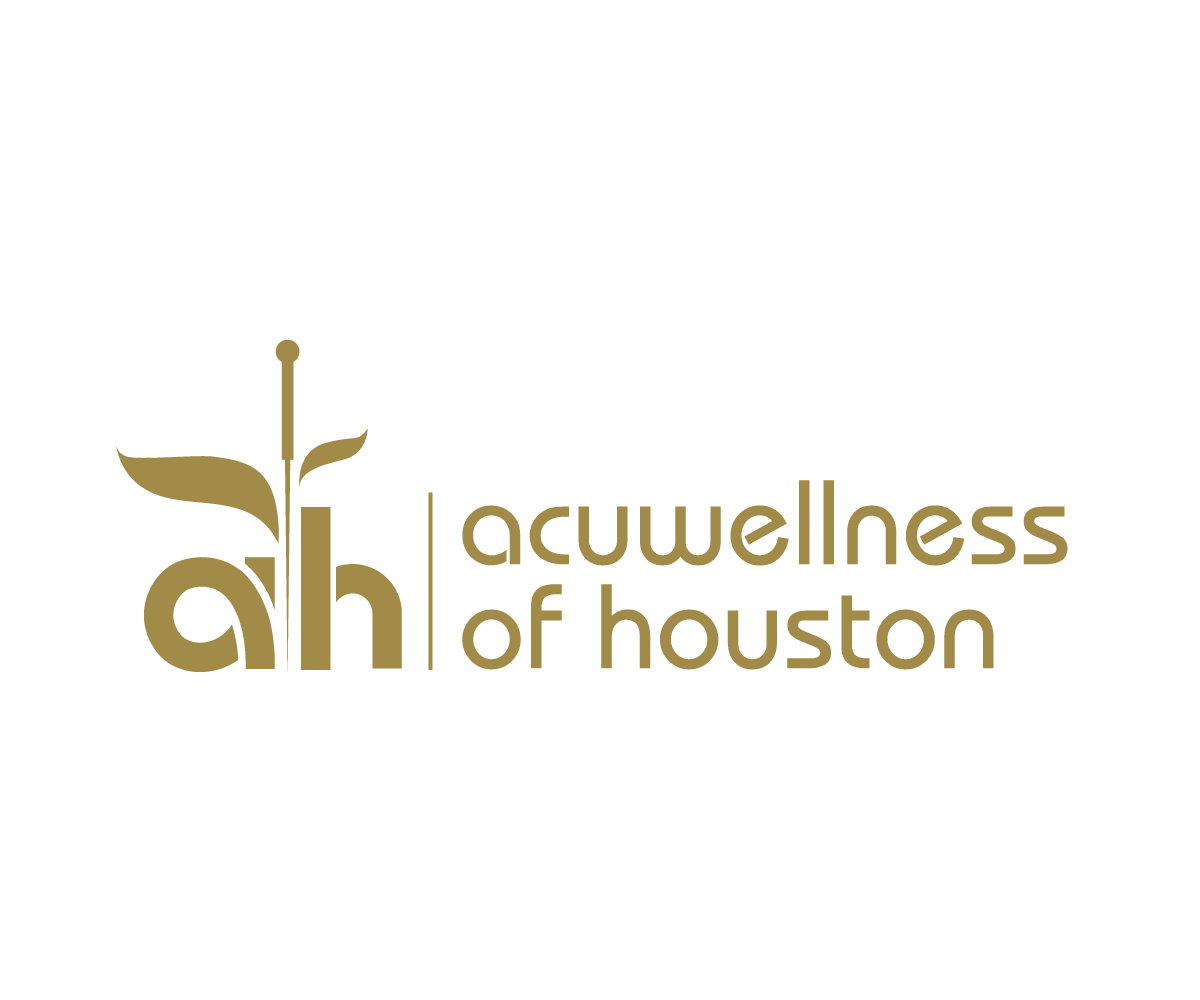Part of living the DISH lifestyle is taking care of yourself! Here on the Health DISH you will find great diet tips, the latest on fun workouts, yoga and running workshops and so much more!
Entries in gay (1)
AIDS Still increasing at 50,000 a Year
Young, black gay men and other men who have sex with men (MSM) were the only population to see an increase in HIV infections between 2006 and 2009, according to the first multi-year estimates of domestic HIV infections, the U.S. Centers for Disease Control and Prevention (CDC) announced Wednesday.
Overall, the annual number of new HIV infections in the U.S. was stable—at about 50,000 new infections each year from 2006 through 2009. But the new estimates show a worsening epidemic among young gay men, and particularly young, black gay men. While young, black gay men were the only subpopulation to experience a sustained increase during the time period, with about 10,800 new infections per year, white gay men (11,400 new infections), Hispanic gay men (6,000), and black women (5,400) were also heavily affected.
“We have known for a long time that gay men—especially gay men of color—are particularly vulnerable to HIV infection, but this report confirms that the epidemic is becoming even more severe in these groups,” said Nike Lukan, Director of Prevention Services, AIDS Foundation Houston. “Now that we have the prevention and treatment tools to begin to end the HIV/AIDS epidemic, we must invest the proper resources and more effectively target the groups that are most at risk.”
Earlier this year amfAR, The Foundation for AIDS Research, released a report with Trust for America’s Health calling for a new paradigm for HIV prevention among gay men in the United States. The report argues that more must be done to address the context of risk for gay men, including expanded access to HIV/AIDS treatment and programs to address social drivers of vulnerability, including stigma.
“The science is showing us that HIV treatment and prevention are closely connected,” said Chris Collins, amfAR’s vice president and director of public policy. “To bring HIV incidence down, we must do a better job of reaching all those at elevated risk, particularly young, black gay men, with HIV prevention, testing, treatment, and support services. Unless we find ways to make
comprehensive health services work for young, black gay men, America’s epidemic is only going to get worse.”
The CDC report also found that:
Gay men represent only 2 percent of the U.S. population but accounted for 61% of all new HIV infections in 2009.
Young gay men (ages 13 to 29) were most severely affected, representing 27% of all new HIV infections.
Blacks, who represent 14% of the total U.S. population, accounted for 44% of new HIV infections in 2009.
Hispanics, who represent 16% of the total U.S. population, accounted for 20% of new HIV infections in 2009.
The current level of HIV incidence in the United States is likely not sustainable. Prevention efforts in recent years have successfully averted significant increases in new HIV infections, despite the growing number of
people living with HIV and AIDS who are able to transmit the virus. However, an analysis by CDC and Johns Hopkins University researchers indicates that the growing population of people with HIV and AIDS will lead to significant increases in new HIV infections if current prevention efforts are not intensified. The study emphasizes the importance of ensuring that everyone with HIV knows their status and helping HIV-infected individuals avoid transmission to others.
The increasing number of new HIV infections among young, black gay and bisexual men underscores the importance of reaching young MSM with effective HIV prevention programs, and developing new programs that specifically address the needs of young, black gay and bisexual men. In addition, public health and community leaders can help reduce stigma that too often surrounds HIV. This includes encouraging frank discussions about HIV and the factors that can contribute to the spread of the disease, such as unsafe sexual or drug-using behaviors, homophobia, higher rates of STIs and lower awareness of HIV status.
About AIDS Foundation Houston, Inc.
AIDS Foundation Houston, Inc. (AFH) is a nonprofit organization dedicated to creating positive social impact through the innovative management of HIV/AIDS and other chronic diseases. Founded in 1982, AFH is one of the oldest HIV/AIDS service organizations in the U.S. and remains a national leader in HIV/STD programming. The agency’s 31 programs focus on preventing new HIV diagnosis and providing care to those already living with HIV/AIDS. This year, AFH will provide care services to more than 6,000 men, women and children affected by HIV/AIDS and will educate more than 50,000 people in Greater Houston through prevention outreach. For more information, please visit www.AIDShelp.org.
Young, black gay men and other men who have sex with men (MSM) were the only population to see an increase in HIV infections between 2006 and 2009, according to the first multi-year estimates of domestic HIV infections, the U.S. Centers for Disease Control and Prevention (CDC) announced Wednesday.
Overall, the annual number of new HIV infections in the U.S. was stable—at about 50,000 new infections each year from 2006 through 2009. But the new estimates show a worsening epidemic among young gay men, and particularly young, black gay men. While young, black gay men were the only subpopulation to experience a sustained increase during the time period, with about 10,800 new infections per year, white gay men (11,400 new infections), Hispanic gay men (6,000), and black women (5,400) were also heavily affected.
“We have known for a long time that gay men—especially gay men of color—are particularly vulnerable to HIV infection, but this report confirms that the epidemic is becoming even more severe in these groups,” said Nike Lukan, Director of Prevention Services, AIDS Foundation Houston. “Now that we have the prevention and treatment tools to begin to end the HIV/AIDS epidemic, we must invest the proper resources and more effectively target the groups that are most at risk.”
Earlier this year amfAR, The Foundation for AIDS Research, released a report with Trust for America’s Health calling for a new paradigm for HIV prevention among gay men in the United States. The report argues that more must be done to address the context of risk for gay men, including expanded access to HIV/AIDS treatment and programs to address social drivers of vulnerability, including stigma.
“The science is showing us that HIV treatment and prevention are closely connected,” said Chris Collins, amfAR’s vice president and director of public policy. “To bring HIV incidence down, we must do a better job of reaching all those at elevated risk, particularly young, black gay men, with HIV prevention, testing, treatment, and support services. Unless we find ways to make
comprehensive health services work for young, black gay men, America’s epidemic is only going to get worse.”
The CDC report also found that:
Gay men represent only 2 percent of the U.S. population but accounted for 61% of all new HIV infections in 2009.
Young gay men (ages 13 to 29) were most severely affected, representing 27% of all new HIV infections.
Blacks, who represent 14% of the total U.S. population, accounted for 44% of new HIV infections in 2009.
Hispanics, who represent 16% of the total U.S. population, accounted for 20% of new HIV infections in 2009.
The current level of HIV incidence in the United States is likely not sustainable. Prevention efforts in recent years have successfully averted significant increases in new HIV infections, despite the growing number of
people living with HIV and AIDS who are able to transmit the virus. However, an analysis by CDC and Johns Hopkins University researchers indicates that the growing population of people with HIV and AIDS will lead to significant increases in new HIV infections if current prevention efforts are not intensified. The study emphasizes the importance of ensuring that everyone with HIV knows their status and helping HIV-infected individuals avoid transmission to others.
The increasing number of new HIV infections among young, black gay and bisexual men underscores the importance of reaching young MSM with effective HIV prevention programs, and developing new programs that specifically address the needs of young, black gay and bisexual men. In addition, public health and community leaders can help reduce stigma that too often surrounds HIV. This includes encouraging frank discussions about HIV and the factors that can contribute to the spread of the disease, such as unsafe sexual or drug-using behaviors, homophobia, higher rates of STIs and lower awareness of HIV status.
About AIDS Foundation Houston, Inc.
AIDS Foundation Houston, Inc. (AFH) is a nonprofit organization dedicated to creating positive social impact through the innovative management of HIV/AIDS and other chronic diseases. Founded in 1982, AFH is one of the oldest HIV/AIDS service organizations in the U.S. and remains a national leader in HIV/STD programming. The agency’s 31 programs focus on preventing new HIV diagnosis and providing care to those already living with HIV/AIDS. This year, AFH will provide care services to more than 6,000 men, women and children affected by HIV/AIDS and will educate more than 50,000 people in Greater Houston through prevention outreach. For more information, please visit www.AIDShelp.org.



